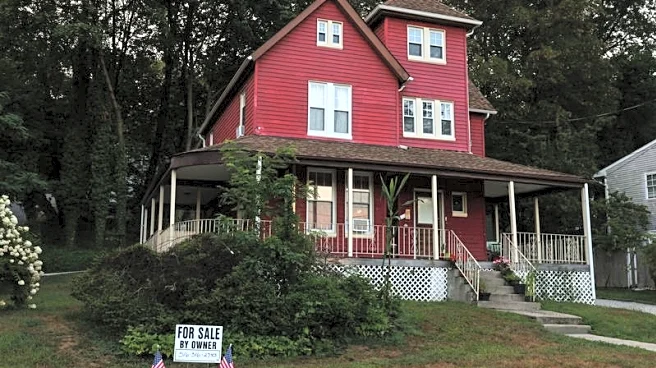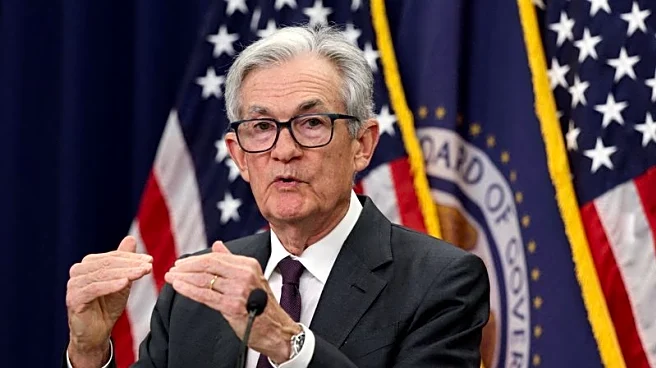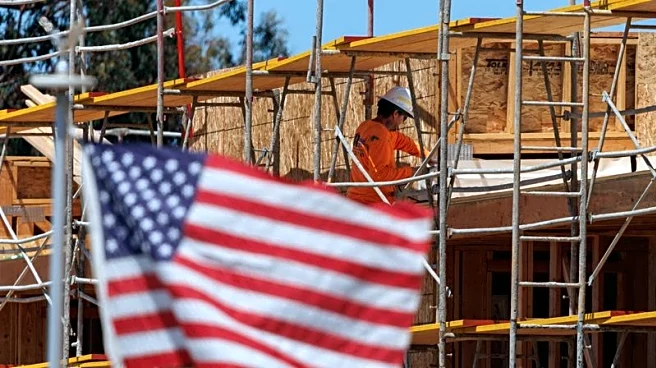What is the story about?
What's Happening?
The U.S. housing market is experiencing a slow recovery, with sales of existing homes slightly increasing in July. Mortgage rates have decreased to their lowest level since October 2024, prompting a rise in refinance activity. Despite this, the market remains sluggish due to high home prices and mortgage rates averaging 6.6% for a 30-year mortgage. The increase in inventory, with 16% more listings than a year ago, is providing buyers with more options and leverage, although homes are taking longer to sell.
Why It's Important?
The housing market is a key indicator of the economic mood in the U.S., and the current conditions reflect ongoing challenges in affordability and sales. The slight decrease in mortgage rates offers some relief to homeowners looking to refinance, potentially reducing monthly payments. However, the high prices and rates continue to limit the ability of many to purchase homes, impacting the overall economic recovery. The increased inventory is a positive sign for buyers, but it poses challenges for sellers in a competitive market.
What's Next?
The expectation of a possible Federal Reserve interest rate cut is already being factored into mortgage rates, suggesting that rates may not drop significantly if the cut occurs. The forecast for mortgage rates to remain around 6.6% through the end of the year indicates ongoing challenges in affordability. The construction of new homes, particularly in regions with fewer building restrictions, may help ease prices, but the mixed picture in building permits suggests uncertainty in future supply.
Beyond the Headlines
The regional differences in housing prices, with declines in the South and increases in the Northeast and Midwest, highlight the impact of local building regulations and economic conditions. This underscores the importance of policy decisions in shaping housing market dynamics and affordability.
AI Generated Content
Do you find this article useful?













